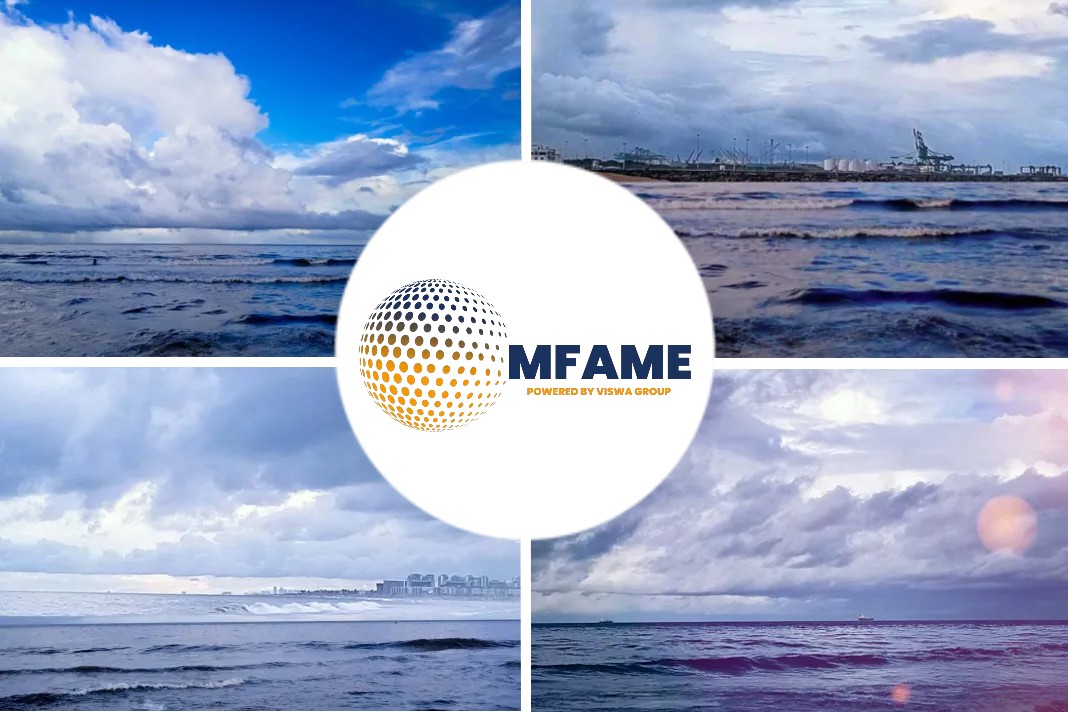- Asian high-sulphur fuel oil (HSFO) markets have weakened considerably after a summer power generation-fuelled rally for the past few months.
- It is mainly against cooling demand and higher exports.
A recent news article published in the Argus Media by Sarah Giam and Sammy Sixstates that Asian HSFO rally cools with lower demand, rare exports.
Singapore 180cst HSFO margins
Singapore 180cst HSFO margins, or front-month Singapore 180cst swaps against Dubai crude values, fell from over 10-month highs on 7 October to five-month lows of -$8.48/bl yesterday, Argus’ assessments showed. Margins were last lower at -$8.89/bl on 25 May.
The backwardation in 180cst and 380cst HSFO markets have also come off sharply from over 1½-year highs in early September. The 180cst HSFO timespread was at an over four-month low of -$0.25/t on 22 October, before rising to $0.25/t today. The 380cst HSFO timespread fell to -$0.50/t today, with it last at such a level on 15 June.
Slowing summer demand
Markets softened against summer power generation demand from Pakistan, Bangladesh and the Mideast Gulf coming off recently with cooling temperatures, said market participants.
Pakistan’s state-owned PSO bought just 65,000t of the 180,000t of HSFO and low-sulphur fuel oil it sought for first-half November delivery.
Bangladesh’s HSFO import volumes next month are forecasted to be a three-month low of 135,400t, down from three-year highs of 329,200t in October, according to Vortexa data.
With slowing summer demand, HSFO exports from the Mideast Gulf are seen to be higher in October, possibly around 1.6mn t (332,900 b/d) or north of that, said traders and analysts. Vortexa data also shows that total exports this month could rise to 1.95mn t (406,200 b/d), a year high. Monthly exports from July-September averaged 1.69mn t.
Rare exports add to regional barrels
Rare 380cst HSFO shipments from Kuwait and South Korea have also added to regional supplies.
Kuwait’s KPC recently exported 100,000-120,000t of 380cst heavy fuel oil (HFO) for end-October loading, due to the fire at its 346,000 b/d Mina al-Ahmadi refinery’s atmospheric residual desulphurisation (ARDS) unit.
It was likely clearing inventory to make room for excess fuel that could surface with the unit down.
This was its first export since May, and a reversal from its purchases for July-October delivery.
It is not yet confirmed if KPC will offer more HFO, according to a source familiar with refinery operations.
South Korea’s GS Caltex
South Korea’s GS Caltex, a typical 380cst HSFO importer, previously sold rare volumes in a 40,000t cargo each for September and October loading, as it maximised HSFO output against weak bitumen markets.
Refiners typically alternate production between HSFO and bitumen, with the margin between the two products one of the factors considered when deciding on output.
GS Caltex has offered three times the volumes at 120,000t of HSFO for November loading, 80,000t of which has been sold.
The cargoes have likely headed to China and most recently Singapore.
The Argus ABX 2 bitumen index traded at over two-year lows of -$80.25/t to Singapore 380cst HSFO prices on 8 October, though it has narrowed to -$44/t on 22 October.
HSFO arbitrage arrivals
HSFO arbitrage arrivals from the west of Suez to Singapore in October were also higher than average at 2.3mn-2.8mn t (478,500-582,600 b/d), said market participants, likely owing to healthy east-west spreads.
Higher Asian refinery utilisation rates with stronger regional transportation fuels demand could further pressure margins as well.
Market participants also anticipate possible slowing straight-run fuel oil demand from Chinese independent refineries next month, as a fourth batch of crude import quotas has been released.
These factors could further contribute to HSFO weakness, at least before any potential support from winter heating demand.
Delivered HSFO bunker premiums
Cooling demand and higher exports have caused HSFO bunker premiums in Singapore, or the price difference between cargo and delivered fuel, to retreat to long-term average values.
Argus yesterday assessed the premium at $9/t, after it averaged over $15/t over the past three months.
The premium spiked over $30/t twice in September, as the market grappled with fewer wholesale availabilities and quality issues with some cargoes (https://direct.argusmedia.com/newsandanalysis/article/2260467).
“Most suppliers have cargoes now,” commented a local seller, reversing a previous trend over the past few weeks where only a few participants could supply HSFO.
Current HSFO bunker demand
Current HSFO bunker demand was described by one trader as “a bit soft” while another one commented that “there is still some tightness, which the current premium is not reflecting”.
The weakening HSFO bunker market is also causing the premium of very-low sulphur fuel (VLSFO) over HSFO to rise sharply.
It has averaged over $97/t so far in October, up from $80/t in September, according to Argus data.
A higher premium of VLSFO over HSFO (or a larger discount of HSFO versus VLSFO) encourages ship owners to install scrubbers and save on fuel costs.
Did you subscribe to our daily newsletter?
It’s Free! Click here to Subscribe!
Source: Argus Media
















